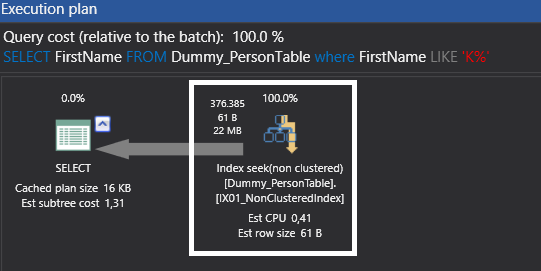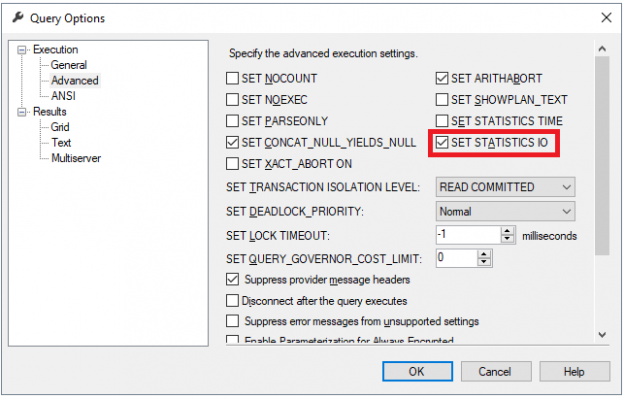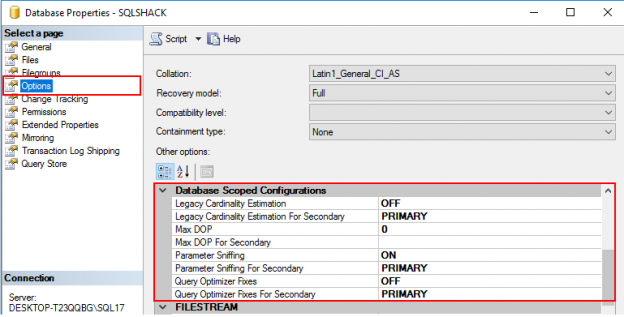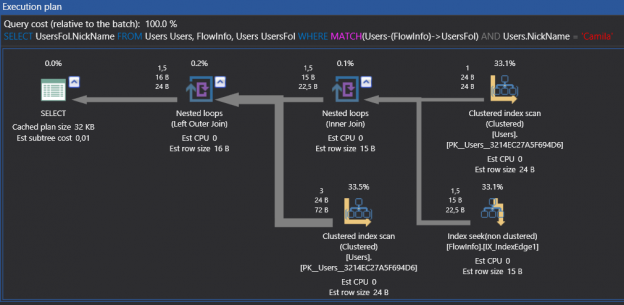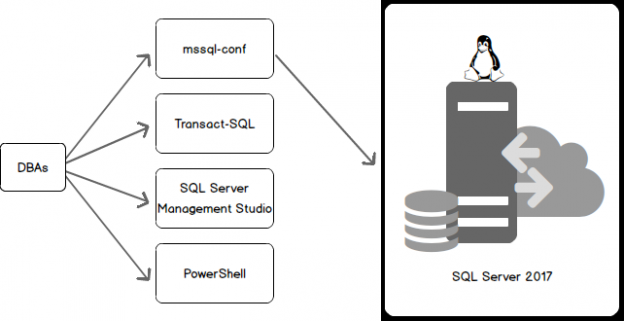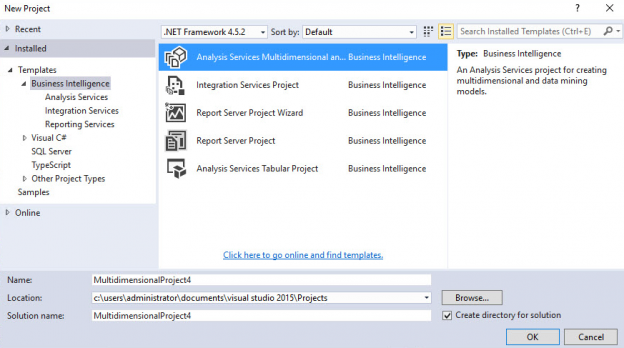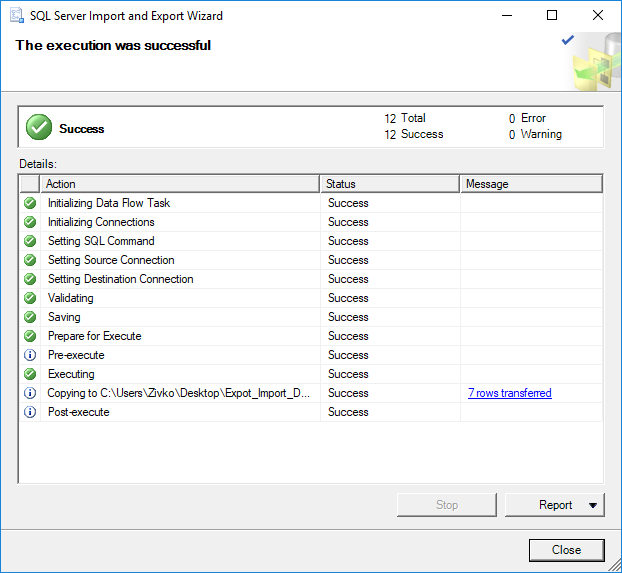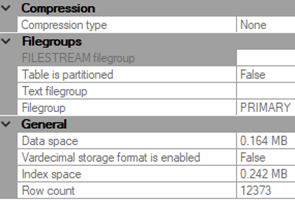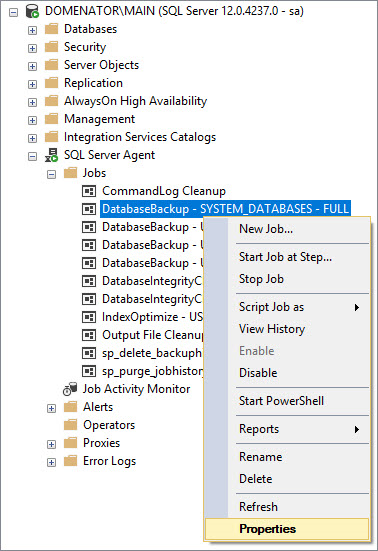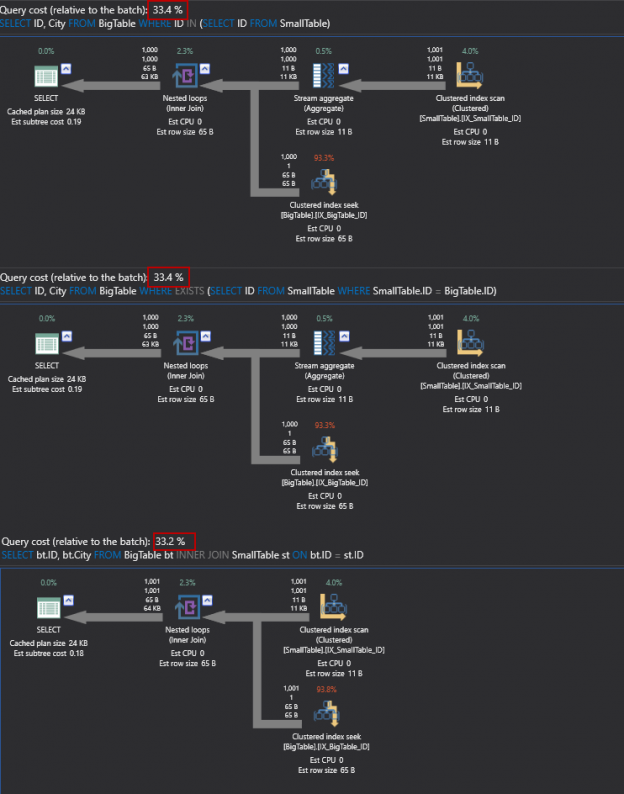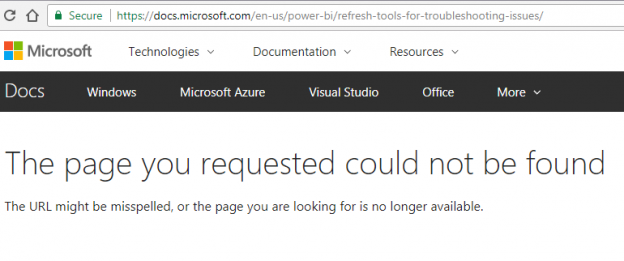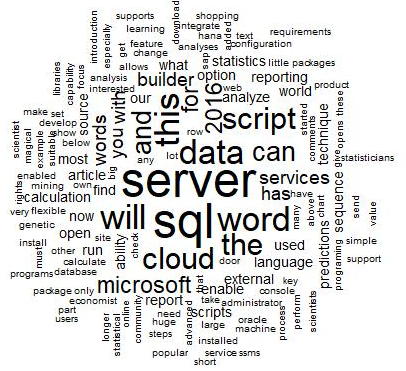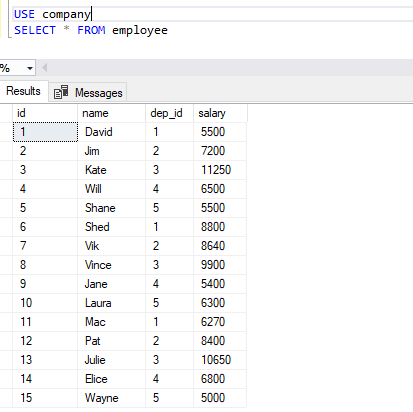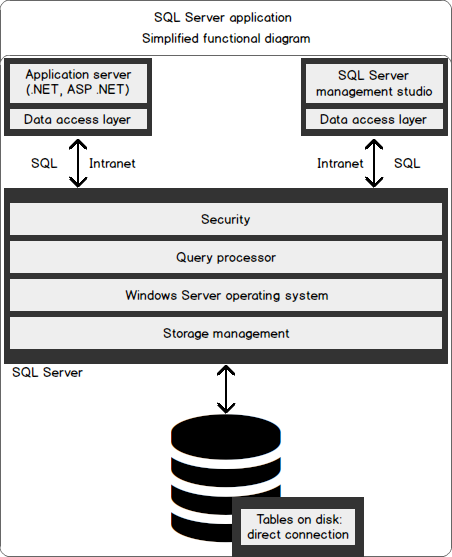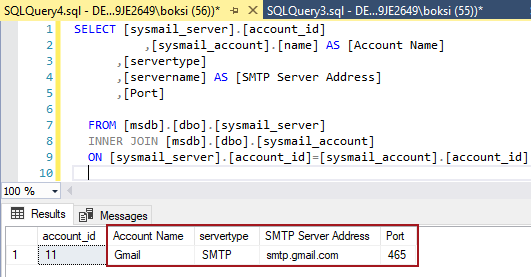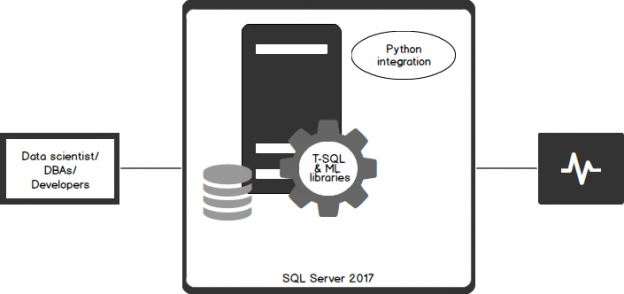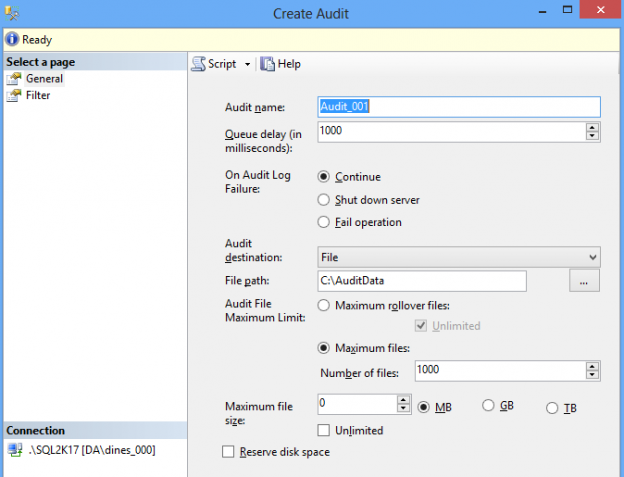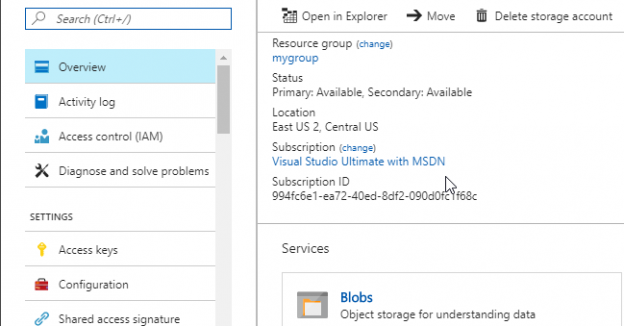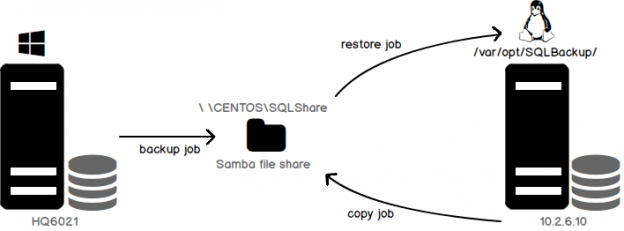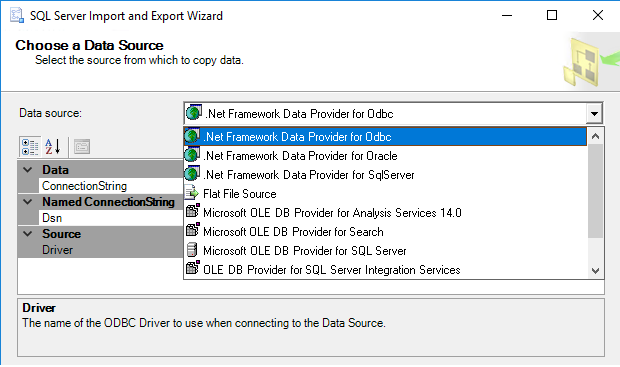The challenge
One of the main tasks of a SQL Server database administrator is performance tuning. Sometimes, though, coders or developers don’t always prioritize database performance or query optimization. Here is a typical scenario
- Imagine that developers create a new table and then insert some records in a test environment and test their queries to retrieve data from it
- The query executed successfully and does not exhibit any symptoms of performance problems
- The developer team release this table and query into production
- One day you take a telephone from your colleague and he says my report is very slow
- Bingo! In production, this table contains a lot of records and this is resulting in performance bottlenecks when querying it

